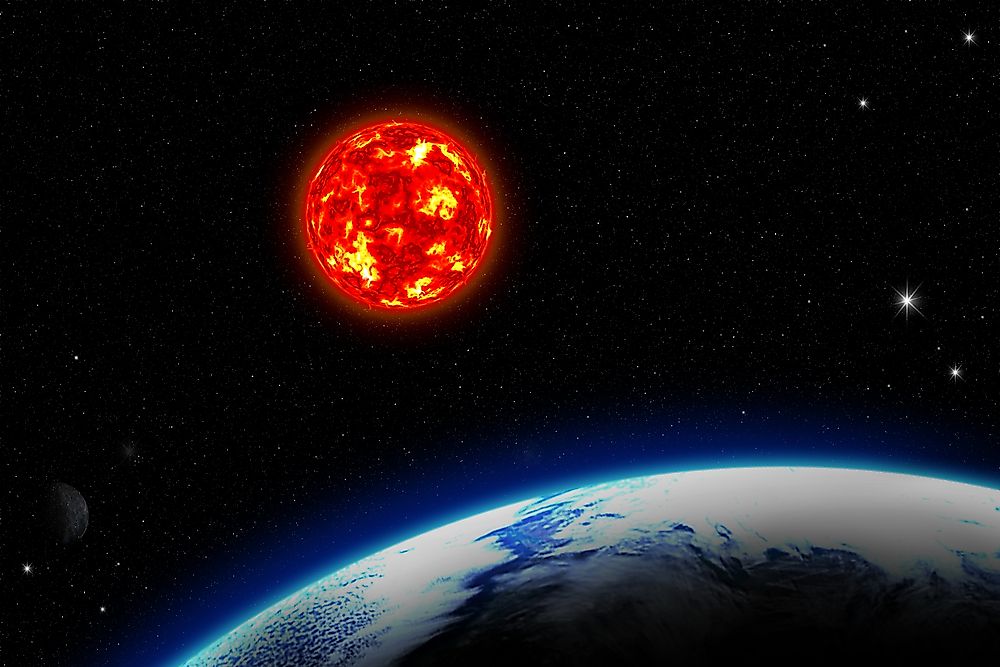What is an Aphelion?

The word aphelion is coined from two Greek words, ‘Apo’ which means far and “Helion” which is a Greek god for the sun. The combination of the two words loosely implies to something from away from the sun. Therefore, aphelion is an astrological term used to refer to the furthest point in the orbit of celestial bodies like the planets and comets from the Sun. The opposite of aphelion is perihelion, which is the point at which the astronomical body is nearest to the Sun.
Astronomical Definition
According to the first law of motion by Kepler, all astronomical bodies including the planets, asteroids, and comets have nearly elliptical orbits around the Sun. Each ellipse has two major points, with the Sun at of the focus points for the elliptical orbits of its satellites. Thus, the orbiting astronomical body has the nearest and furthest points from the Sun. Therefore, aphelion is the furthest point an object is from the Sun.
The Occurrence of Aphelion
Aphelion is usually approximately two weeks after the June Solstice. As earlier stated, the orbits that the celestial bodies move on are not perfectly circular. They are elliptical. For this reason, there has to be a point where the celestial bodies will be farthest and nearest to the Sun.
The Earth moves farthest from the Sun at around every July 4. During this time, the Earth is approximately 152.1 million kilometers away from the Sun. Summer occurs in the northern hemisphere and winter in the southern hemisphere during the aphelion. The difference in the distance when the Earth is farthest from the Sun (aphelion) and when it is closest to the Sun (perihelion) has been determined to be approximately 5 million kilometers. Meaning, during perihelion, the Earth is usually approximately 147 million kilometers from the Sun. At aphelion, the celestial bodies tend to move slowly around the Earth.
Because of the long distance of the Earth from the Sun during the aphelion, the Sun only falls on some parts of the land. However, the aphelion-perihelion phenomenon is not responsible for the changes in seasons. Instead, seasons are as a result of the tilting of the Earth’s axis.
Did You Know?
The dates when perihelion and aphelion occur are not fixed. They keep changing from year to year. This is because the elliptical path’s eccentricity keeps varying. Aphelion and perihelion are together referred to as apsides, which can be defined as the points of least or greatest distance of a celestial body to another astronomical body.
It is also important to note that if an object orbits another object rather than the Sun, then the terms aphelion and perihelion are not used. For instance, satellite objects, including the Moon, that orbit the Earth have points when they are furthest to the Earth known as apogee. The point where they are closest to the Earth is known as perigee.











